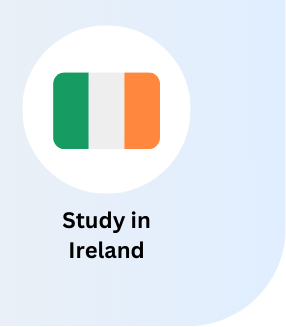
United States is a top choice for MS in Chemistry applicants, offering renowned universities, diverse campuses, and excellent post-study work options. Its high quality of life and career opportunities make it an ideal study destination.
Here is the list of 5 Best MS in Chemistry Universities in United States along with details of their course duration, fee, eligibility requirements and more:
1. University at Albany, SUNY (United States)
The University at Albany was an independent state-supported teachers’ college for most of its history until SUNY was formed in 1948. The institution began as the New York State Normal School (or Albany Normal School) on May 7, 1844, by a vote of the State Legislature. Beginning with 29 students and four faculty in an abandoned railroad depot on State Street in the heart of the city, the Normal School was the first New York State-chartered institution of higher education.
MS in Applied Chemistry at the University at Albany, SUNY (College of Arts & Sciences) is a 1-year STEM-designated program, with estimated living expenses of USD 22,000; tuition fees are USD 13,900 for domestic students and USD 27,600 for international students.
2. University of California, Berkeley (United States)
The University of California, Berkeley (UC Berkeley, Berkeley, Cal, or California) is a public land-grant research university in Berkeley, California. Founded in 1868 and named after Anglo-Irish philosopher George Berkeley, it is the state’s first land-grant university and the founding campus of the University of California system. Berkeley is also a founding member of the Association of American Universities. It has been regarded as one of the top universities in the world.
Masters in Bioprocess Engineering at the University of California, Berkeley (College of Engineering) is a 1-year STEM-designated program, with estimated living expenses of USD 31,800 and a tuition fee of USD 58,200 for both domestic and international students.
3. Mississippi State University (United States)
Mississippi State University for Agriculture and Applied Science, commonly known as Mississippi State University (MSU), is a public land-grant research university adjacent to Starkville, Mississippi.[8][9] It is classified among “R1: Doctoral Universities – Very High Research Activity” and has a total research and development budget of $239.4 million, the largest in Mississippi.It enrols more students than any other college or university in the state
MS in Chemistry at Mississippi State University (College of Arts and Science) is a 2-year STEM-designated program, with estimated living expenses of USD 12,900; tuition fees are USD 10,200 for domestic students and USD 27,600 for international students.
4. American University (United States)
The American University (AU or American) is a private federally chartered research university in Washington, D.C. Its main campus spans 90 acres (36 ha) on Ward Circle, mostly in the Spring Valley neighborhood of Northwest D.C. AU was chartered by an Act of Congress in 1893 at the urging of Methodist bishop John Fletcher Hurst, who sought to create an institution that would promote public service, internationalism, and pragmatic idealism. AU broke ground in 1902, opened as a graduate education institution in 1914, and admitted its first undergraduates in 1925. Although affiliated with the United Methodist Church, religious affiliation is not a criterion for admission.
MS in Chemistry at American University (College of Arts & Sciences) is a 1.5-year STEM-designated program, with estimated living expenses of USD 24,000 and a tuition fee of USD 40,000 for both domestic and international students.
5. University of Central Florida (United States)
Following President John F. Kennedy’s September 1962 speech “We choose to go to the Moon”, in which he described his goal of accomplishing a crewed space flight to the Moon by the end of the decade, the space program grew in importance and scope in Central Florida because of its proximity to Cape Canaveral. Prominent residents and local leaders began lobbying the Florida State Legislature to increase access to higher education on the Space Coast. With the help of former state senate president William A. Shands and Senator Beth Johnson, on June 10, 1963, the legislature passed and Governor Farris Bryant signed into law Senate Bill No. 125, which authorized the Florida Board of Regents to create a new state university in East Central Florida.
MS in Chemistry at the University of Central Florida (College of Sciences) is a 1.5-year STEM-designated program, with estimated living expenses of USD 18,900; tuition fees are USD 6,700 for domestic students and USD 21,600 for international students.
If you’re planning to study in United States, check out our comprehensive guide covering everything you need to know from top universities and popular programs to career prospects, tuition fees, cost of living, scholarships, visas, and more.
 |
 |
 |
 |
 |
 |
 |
 |
